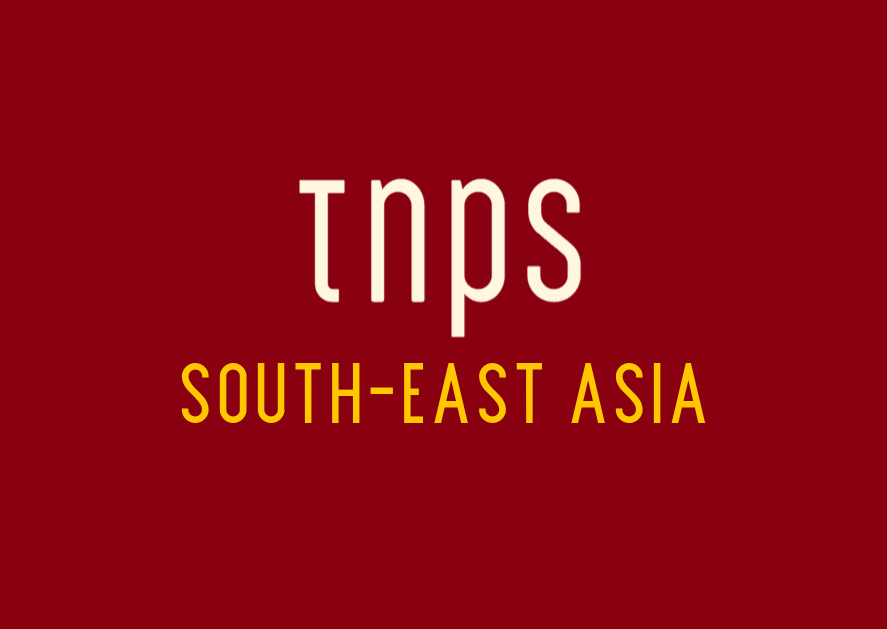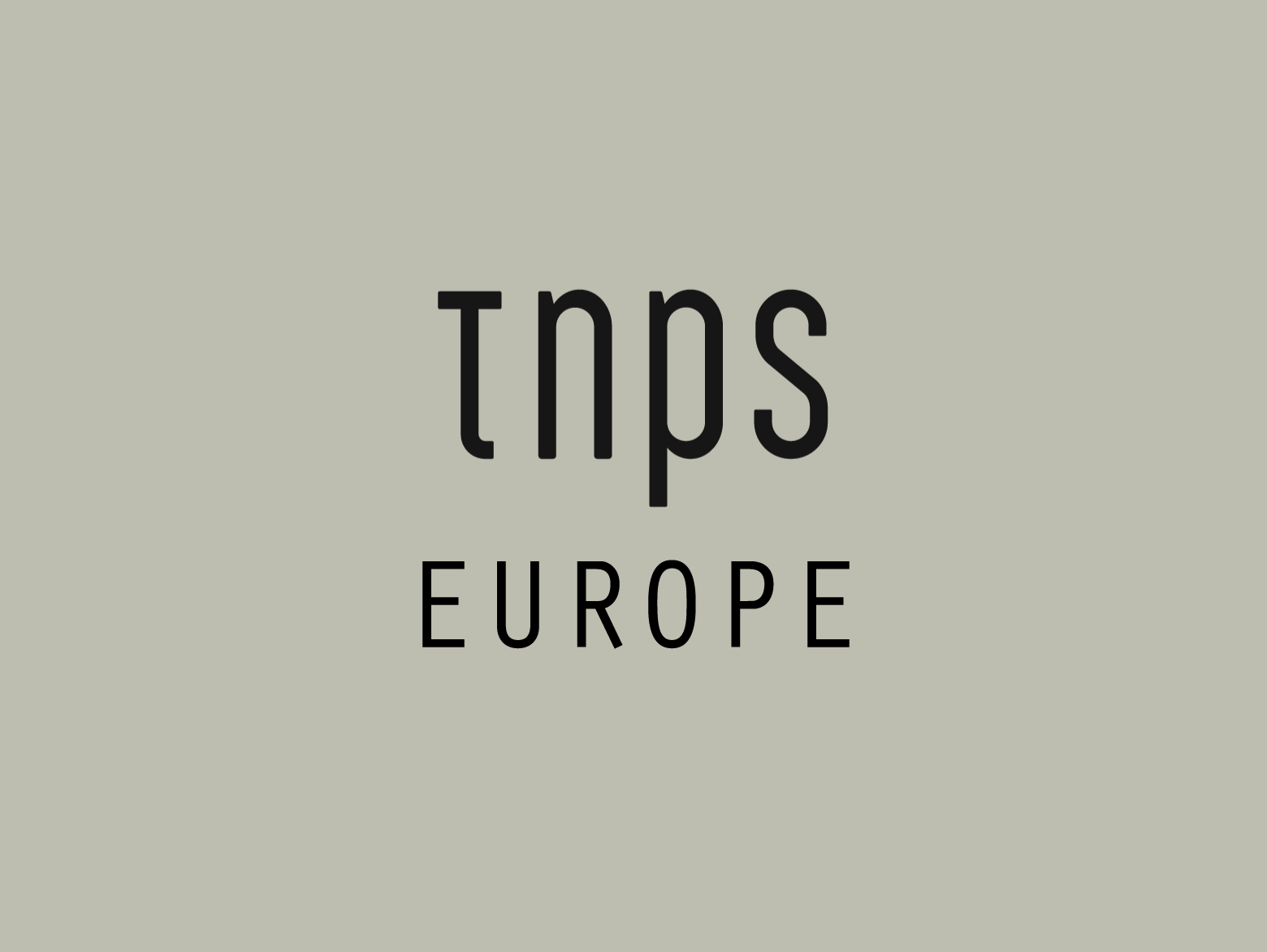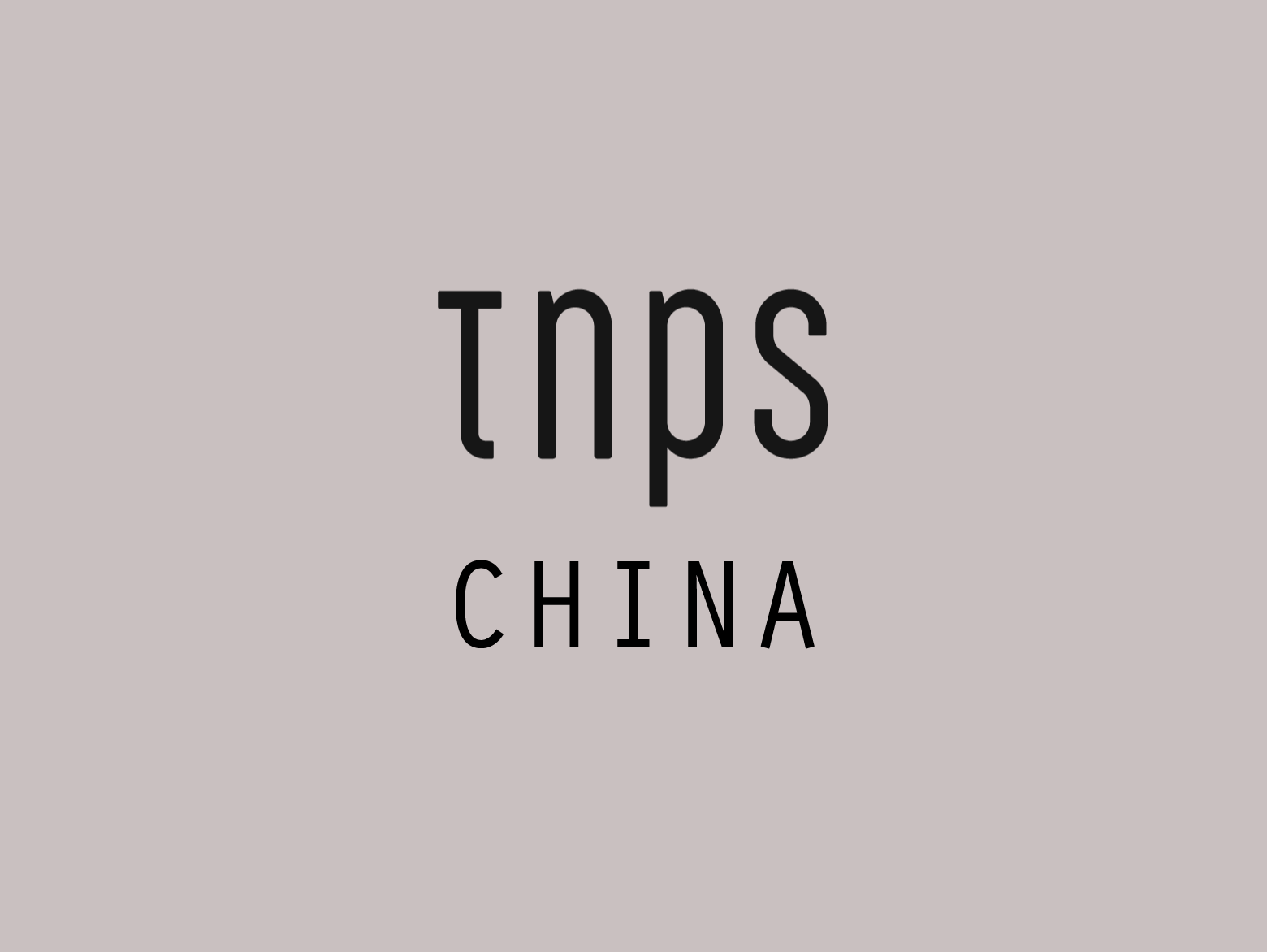Back in December 2017 TNPS ran with the headline,
S.E. Asia online economy growing faster than predicted. $200bn by 2025.
Will publishers rise to the opportunity?
It seems some have.
This week comes news that, from a base in Singapore, the world’s largest trade publisher will next year launch Penguin Random House SE Asia, looking to bring the PRH publishing machine to Singapore, Malaysia, Thailand, Philippines, Indonesia, Vietnam, Brunei, and Myanmar.
With a 50-title print and digital focus on English-language authors PRH hopes to tap into what CEO Markus Dohle calls,
one of the most promising of the emerging publishing regions, with much great writing across genres in English and regional languages.
Not here to rehash the press statement – for some further background and context I recommend Porter Anderson’s summary over at Publishing Perspectives today.
But for TNPS I propose to explore more closely the digital potential of the region, which I believe is wildly underestimated.
The eight countries of the region identified by PRH (Laos and Cambodia were not called out) all present logistical challenges, both for print and digital reach, and only three of the five – Philippines, Malaysia and Singapore – have a significant concentration of English-speakers.
But perhaps PRH has been following TNPS coverage of the Big Bad Wolf phenomenon, and is aware that the Malaysia-based Bookxcess has been plying the region with many tens of millions of English-language books and that readers in the region just can’t get enough of them.
In Indonesia alone this year Big Bad Wolf has shipped over eight million English-language books to be sold at two eleven day 24-hour non-stop book sales. The first event attracted over 750,000 visitors.
Selling digitally in the region presents a different challenge, with neither Amazon not Apple ebook-operational here, Kobo having just one localised outlet in the Philippines, and only Google Play of the Big 5 western ebook players offering dedicated local stores (Philippines, Malaysia, Singapore, Vietnam, Thailand and Indonesia – nothing for Myanmar or Brunei nor Laos or Cambodia).
But there are numerous localized players like Thailand’s Ookbee and Indonesia’s Scoop, and regional players like eSentral, that can help get ebooks to readers.
But are there enough SE Asians online to make a digital publishing push worthwhile?
Consider that in the aforementioned post asking if publishers would rise to the SE Asia challenge I quoted Google’s VP of SE Asia and India, Rajan Anandan, as saying,
Southeast Asians spend more time on the internet using a mobile device than people from anywhere else in the world. Each of them devotes an average of 3.6 hours per day to accessing the internet, compared to Chinese users’ 3 hours, US users’ 2 hours, and 1 hour per day by the Japanese … Thais are the heaviest users, spending 4.2 hours using the internet on their mobile device each day, closely followed by Indonesians who average 3.9 hours per day.
Now, let’s look at the numbers as they pertain to the PRH target countries in the region.Brunei, with just 4,500 internet users is really not going to make much difference. But here’s how the rest pan out:
- Singapore 4.8 million people online
Myanmar 18 million – more than the Netherlands
Malaysia 25 million – more than Australia
Thailand 57 million – more than France or Italy
Vietnam 64 million – more than the UK
Philippines 67 million – more than the UK, and more than France and Sweden combined
Indonesia – 143 million people online. More than Japan or Russia, and the fifth highest in the world
All told the eight countries PRH is targetting have a collected reach of 380 million.
Compare the USA at 312 million.
But we shouldn’t stop there.
The USA is at 88% penetration. There really isn’t much room to grow.
In SE Asia Singapore and Thailand are respectively at 83% and 82%, so perhaps not much growth to come there.
But Malaysia is at 70%. When it reaches 88% like the USA it will have 35 million people online.
Vietnam is at 66% penetration. 88% will give it 85 million people online.
The Philippines is at 63% penetration. When it reaches 88% it will have 93 million people online.
Indonesia, already with 143 million people online, is at just 53% penetration. When it equals US penetration of 88% it will have 237 million people online.
All told the SE Asia region will, when it equalizes the USA’s 88% internet penetration, have significantly over 450 million people online.
That will almost certainly happen sometime in the next decade.
It’s not rocket science to see that, while print books in SE Asia will continue to be an exciting opportunity for publishers, the untapped gold mine is digital.
But don’t hold your breath waiting for Amazon and Apple to wake up to the fact.
Apple is a strong player in SE Asia but ebooks are not part of its plans.
Amazon has only token engagement in the region, in Singapore and Vietnam. Books and ebooks are not involved.
And while Amazon is putting serious money to Indonesia, again books are not to play a role.
But let me end here with a reminder that at least one western player, Storytel, is taking the SE Asia digital opportunity seriously.





